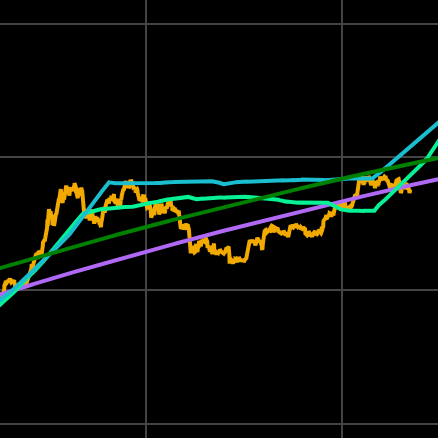
Key Takeaways
- Bitcoin's hashrate dropped over 15% since June 15, marking the sharpest decline in three years.
- Speculation surrounds Iran's role due to power outages, internet blackouts, and geopolitical events, though only a small portion of the drop coincides directly with Iranian incidents.
- Rising electricity prices and U.S. heatwaves are also contributing factors, highlighting a combination of global pressures on mining operations.
Bitcoin’s hashrate has dropped over 15% since June 15, falling from nearly 943.6 billion terahashes per second (TH/s) to 799.9 TH/s—the sharpest decline in three years, according to Bitbo’s hashrate chart.
This significant downturn has triggered speculation on its causes, with attention focusing on Iran due to its large-scale mining operations and recent national events.
Iran’s mining and power crisis
Late May reports from the National Council of Resistance of Iran indicated that state-connected mining activities, especially by the Islamic Revolutionary Guard Corps, have contributed to local power outages.
On June 20, Iran imposed a near-total internet blackout, reportedly to defend against cyberattacks. T
his blackout coincided with a 2.2% global hashrate dip.
Additionally, a U.S. strike on Iranian nuclear sites on June 23 caused further electric grid disruptions and a 1% hashrate drop.
Despite these correlations, only about 3% of the total hashrate decline aligns directly with Iranian events. The broader decrease began before either the blackout or U.S. strikes, suggesting other influences.
Broader global pressures
Other factors include rising electricity prices and a severe U.S. heatwave, which have driven up power demand and reduced mining profitability.
New York utility Con Edison recently asked consumers to conserve energy, sending prices to their highest since January.
These conditions may force less profitable mining operations offline.
“The hashrate was already on a steep decline before the events, and the ongoing fall is simply a continuation of a trend that may be exacerbated by events in Iran.”
Bitcoin’s hashrate is an estimate, calculated from block time and mining difficulty, and not a direct measurement, leaving room for imprecision in attributing causes.
For a historical perspective, see the bitcoin hashrate chart and mining difficulty.




